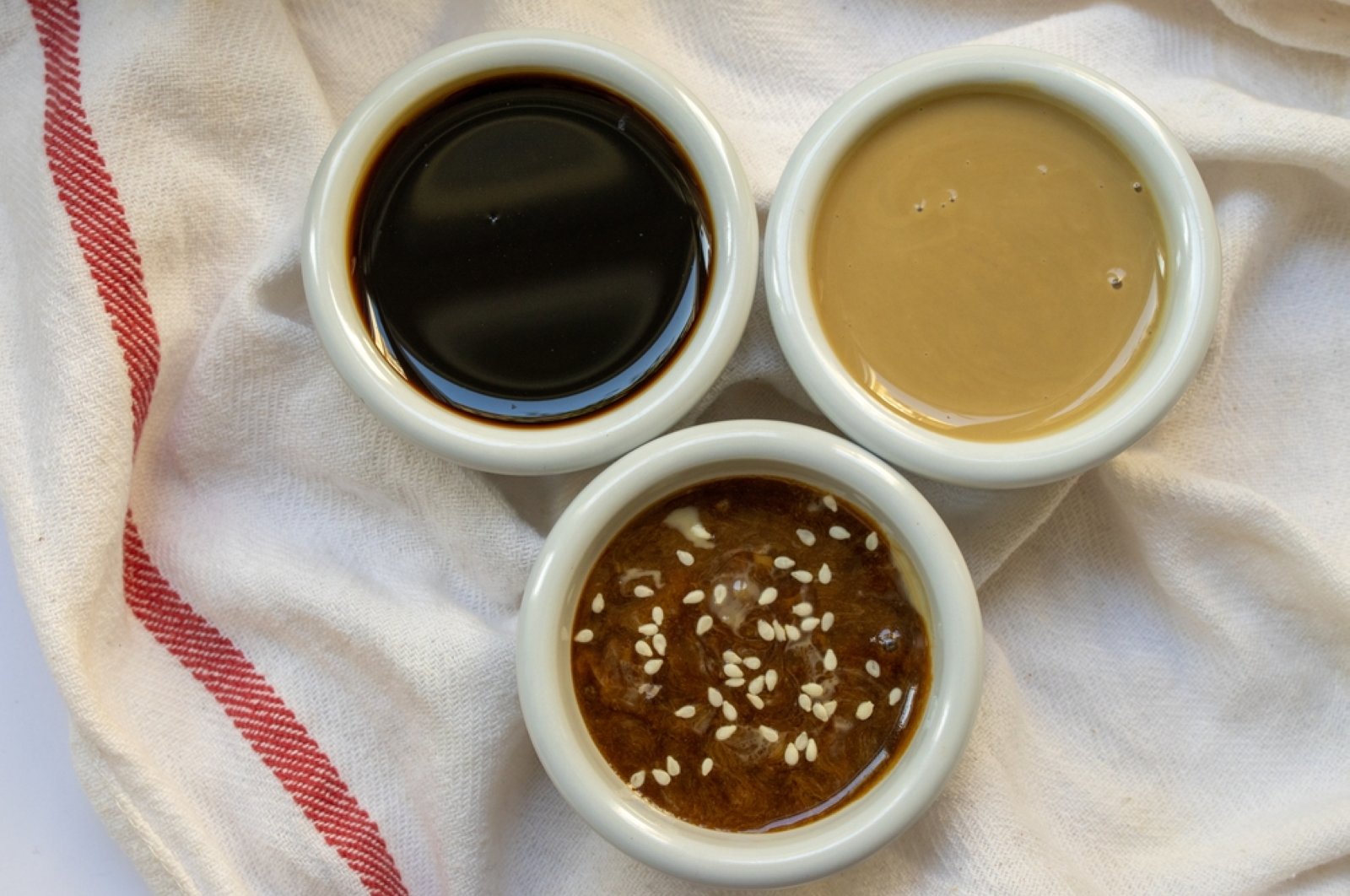
Tahini is one of the most unique and significant ingredients there ever was in Turkish cuisine and like a chameleon has a flavor profile that can switch between savory and sweet. There are, however, some good tricks to know on how to use it just right
‘Tis the season of the sesame seed, well its harvest at least, and in honor of this highly anticipated time of year, I thought it would be perfect to share some top tips, tricks and trends surrounding the seeds' greatest legacy served in Turkish cuisine with tahini paste.
To start off, one of the main reasons the beginning of the autumn season is particularly special when it comes to the sesame seed, as part of the painstaking process of harvesting the seed, is to dry out the seed for the shattering process of breaking it out of its shell, which is where the phrase "open sesame” comes from. The process requires the sesame seed stalks to be leaned against each other into a tepee-like triangle.
In other words, the fields growing sesame seeds, which are prevalent in Muğla, end up resembling a town befitting the Smurfs, an observation I must credit a fellow friend for. There is just something so striking and indeed cute about what looks like little makeshift huts to accommodate hobbits or other such mini creatures. However, the practice is part of the drying-out process as once a few weeks have passed the seeds will be knocked out of their shells and ready to be cooked and consumed.
Here's what you didn’t know you needed to know about tahini!
Tip 1
There’s tahini and then there is TAHINI!
First, for any of those naysayers who believe that tahini is not for them, I implore you to try double-roasted tahini as taste it is proverbially a whole other ball game. Tahini is usually prepared from roasted sesame, however, there is another version in which the sesame is roasted twice and the flavor is understandably double as rich and nutty and quite honestly tastes and looks much different from the usual store-bought variation. Sold primarily at farmers markets or shops that sell homemade products and preserves, double-roasted tahini is referred to as "çifte kavrulmuş tahin” and it is delicious!
While certainly less prevalent, yet also worthy of mention, there is also a black tahini, referred to as "siyah tahin,” that is prepared from black sesame seeds, which is referred to in Türkish as "çörek otu.” The end result resembles a black olive tapenade, and it has a very distinct taste that differs from standard tahini, aka the white kind, in Turkish "beyaz.” Either way and in any form, tahini is generally made from 100% sesame seeds and includes no additives or preservatives.
Tip 2
Tahini is a shape-shifter.
While tahini is most known for being a central ingredient in the dip hummus, it actually is the central star in many meze dishes here in Türkiye such as mütebbel, topik, hibeş and tahinli piyaz, to name a few. It truly shines as the basis for salad dressings however a fact I couldn’t help but recall when on a podcast (Hubermanlab) the question was asked "How do you make broccoli taste great?” I knew I had the answer and it was to lather it in a sauce made from tahini.
But there is a little trick to preparing a dressing from tahini, which by the way combines perfectly with lemon juice, and that is that it is best to add water to thin it out. However, when you do so, you notice that adding water initially thickens the paste rather than thinning it out and so one must find the perfect balance between water and tahini to acquire a saucy consistency and the method of doing so is just stirring consistently.
Tip 3
Tahini is both sweet and savory.
It may seem unplausible, but it’s true, tahini is an ingredient that can be used featured as a star in either sweet or savory dishes. Not only is it used as the basis for savory dips, dressings and mezes, but it is also very commonly used as a sweetening agent.
Tip 4
Tahini and pekmez is Türkiye’s peanut butter and jelly.
Let’s just say the combination of tahini and pekmez could easily have Elvis rolling over in his grave. This signature dip is served up as a breakfast condiment and the slightly salty and sweet flavor profile very much resembles the American classic of peanut butter and jelly.
Tip 5
Tahini bread tastes like a cinnamon roll.
Most bakeries in Türkiye prepare a spiral flaky bread referred to as "tahinli ekmek,” and it is delicious. Definitely, Türkiye’s answer to the Western cinnamon roll, this practical and satiating sweet bread is definitely worth trying and can easily become your newest craving.
Tip 6
Tahini caramelizes.
Tahini is understandably the main ingredient in tahinli helva, a flakey sweet square-shaped sweet snack. When helva is baked, however, it becomes truly magnificent as it caramelizes and becomes soft and oozy and is eaten by spoon or dipped in with bread. What used to be a steadfast dessert sold by the fishmongers that used to dock along the Bosporus in Istanbul’s Istinye, is a variation in which tahini helva was broken down into pieces and laid out on a baking tray and combined with grated carrot. When baked, magic would transpire, and the result is a thick mousse-like consistency with a taste somewhat like an elevated carrot cake.
